|
I've brought the "My VFRs" page up-to-date with briefs on all of my completed projects.
0 Comments
The 2019 Las Vegas auctions are in the history books, and a handful of Honda V4s have changed hands among the well-heeled. The money leader at Mecum's was a 1939 Crocker Big Tank at $704,000. But in the top ten, amongst the antique museum queens, was a lone Honda — a 1992 NR 750. Some of the more shocking sale prices, at least to me, were a batch of Honda minis from the 60's. These little guy's popularity is spiking — these three sold from $5225 to $12,100. Here's the lineup of V4 sales.... 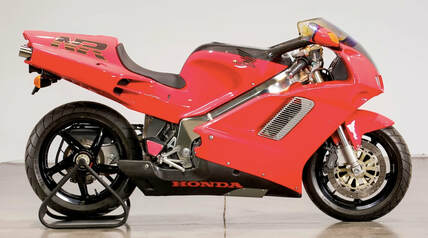 1992 NR 750 Estimate: $75,000-100,000 Sold: $181,000 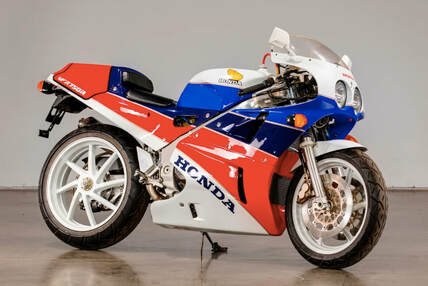 1988 RC30 (0-mile) Estimate: $50,000-65,000 Sold: $121,000 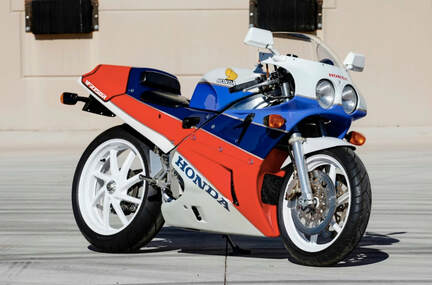 1990 RC30 Estimate: not provided Sold: $27,500 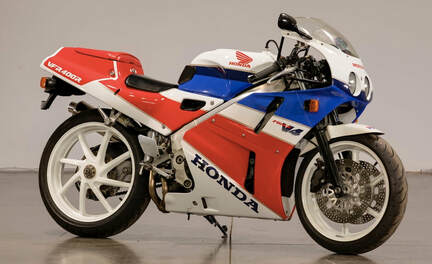 1990 VFR400R NC30 Estimate: $10,000-13,000 Sold: $23,100 It seems that these lots sold for well over the auction company's estimates. Unsold were a set of two V4 classics being sold as a set — a '90 RC30 together with a '94 RC45.
While the upper midwest is enduring its coldest polar vortex in decades — what we euphemistically call a "cold snap" — a dealer in northern Minnesota is busying themselves with dropping prices on some leftover motorbikes. And they've got a few. Prices shown don't include destination charge, but this dealer doesn't tack on any additional fees. Here's some V4 offerings from Larson's Cycle in Cambridge, Minnesota.  First up we have a 10-mile 2010 VFR1200F DCT Interceptor, offered for $9000. Not much detail is provided, but then there's not much to add; it's a new 2010 VFR with full warranty and about $8K off MSRP. 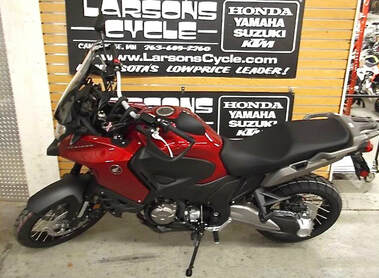 Next is a 0-mile 2017 VFR1200X. This was a model that didn't sell as well as Honda had hoped but was nonetheless a competent, comfortable alternative to the "F" model above. Designed as a large dual sport or ADV, the "X" is realistically more at home on the open road. Offered for $11,000, with an MSRP of $16K. 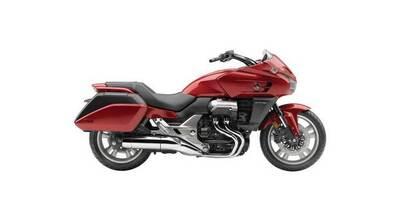 Finally we have Honda's unusual take on a civilized bagger-style model utilizing the 1300cc V4 originally developed for the discontinued ST1300. They called it the CTX1300 and when new it listed for $13K. Larson's has it priced at $8500, and I suspect there's some flexibility to be had. So, hurry on up ta Minnasoda, eh, and don't fergit yer snowshoes!
Eighth-generation Honda 800cc V4. For those of us who find beauty in mechanical details, this is art. (below) Carbureted 750cc V4.
I recently came across this news release (translated) announcing the color options for the 2019 model year VFR800F for the Japanese domestic market. A new red/white/blue scheme joins the standard Victory Red. It's obviously based upon the 1986 R/W/B, right down to the white wheels, and I think Honda nailed it, giving the 8th-gen the same lithe and tailored look of the iconic 2d-gen. My only criticism is that the muffler should exit on the left side to show off the rear wheel. Back when the model was introduced in 2014 my first thought was how to turn the factory Pearl Glare White into a R/W/B scheme. Well, here it is.... Click on an image below to enlarge.
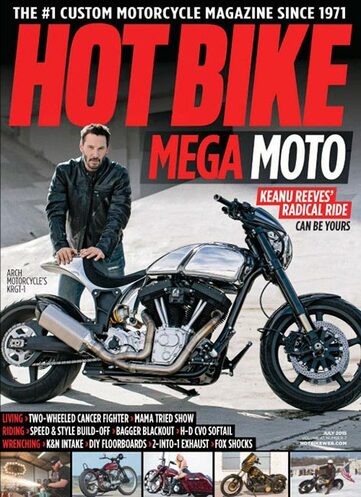 Another motorcycle magazine bites the dust. Hot Bike, a V-Twin-centric monthly production, has ceased publishing. It's the latest casualty to join the ranks of deceased moto mags in the U.S. Hot Bike joins Street Chopper, Bagger, Motorcycle Bagger, Dirt Rider, Sport Rider, ATV Rider and UTV Driver in the print morgue. Cycle World has been reduced to quarterly and Motorcyclist to bi-monthly formats. The interweb continues to claim more victims, as many of these titles live on in web format, which are often just click-bait and advertising placement with thin and dubious content. What's happening? I don't know, but we all do know that the emerging internet generations don't have an attachment to print media and that the traditional ("old fart") consumers are fading fast from the sport. Most magazines live by advertisers' dollars, and the advertisers are the canaries in this coal mine. I still subscribe to Cycle World (for its writing), Motorcycle Classics (for its vintage content), RoadRUNNER (for its touring content) and Rider ('cause they offer it so cheap, why not?). Most provide electronic versions, which I never access, so I guess I'm firmly part of the old guard. Our sport is changing, which is inevitable and usually A Good Thing. My fear is that we're witnessing the latest, or maybe final, golden age of motorcycling as it fades to black. I hope I'm wrong.  The December issue of Practical Sportsbikes (UK) has an interesting feature where the editors list their picks for the "10 Best Engines Ever." And, no surprise to those of us in the know, the Honda VFR750 placed high on the list — number two, behind Kawasaki's Z1. The writers describe the engine as "one of the most exquisitely engineered motorcycle engines ever, from Japan or anywhere else." They note that the gear-driven cams were a first on a mass-production bike, allowing nearly a third less friction than chain drive. The weight reduction efforts and higher tune over the previous VF engine resulted in a 10 percent weight savings and 20 percent power increase. It's always nice to be recognized. The full list: #10 Honda CBR900RR #9 Suzuki RGV250 #8 Honda CBX1000 #7 Suzuki RG500 #6 Suzuki GSX1100 #5 Yamaha FZ750 #4 Yamaha RD350 YPVS #3 Ducati 851 #2 Honda VFR750F #1 Kawasaki Z1 This morning I was enjoying my daily Craigslist & Coffee ritual when I decided to check in on Facebook Marketplace, looking for any interesting treasures in the rough. That's where I found our next project, a 1995 VFR750F in Pure Red Pearl, showing 38,000 miles...and in fine running condition. I love the NR-inspired look of the fourth-gen VFRs, the egos are sporty, but not sport bike, while the overall impression is one of refinement and class. Discerning buyers then and now are in on the secret of the unique V4 riding experience. 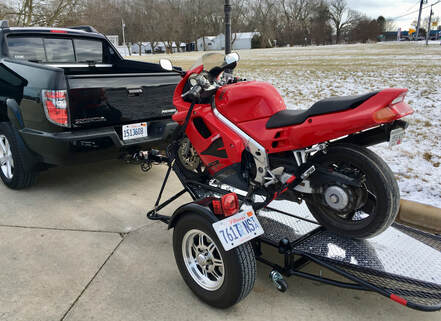 Sporting some rad boy-racer Revzilla stickers, this one actually presented itself pretty well, despite the seller's lackluster efforts. The bike has some comparatively minor cosmetic issues which should clean up nicely. A new rear tire is definitely called for but the Micron exhaust makes up for that. Negatives: The rear fender has been chopped and the seat cowl and grab handles are missing in action. I was able to pump up the tires and get around the block a few times — nice running and riding VFR — and the tunes from that Micron are icing on the cake. Welcome to the family, Project 24. See below for a short walk-around video, followed by a sound bite of the Micron pipe. Here in the Great Frozen North, today is cause for celebration — January 15th marks the mid-point of winter! Our cold-weather projects are in pieces in the shop while others hide under cover, awaiting inviting temps and clear roads, their Battery Tenders' warm green lights glowing eerily in the cold and dark while the snow piles up outside. But our day will come. For a winter boost, I've hijacked a video from Callum Ritchie who graciously takes us along on a ride aboard his 1986 VFR750F up Highway 9 in the hills south of San Francisco, CA. Below are a few more shots of Callum's Interceptor and a map of the route. Enjoy! (click on an image to enlarge) I have the need to empty fuel tanks on a regular basis, whether it's a new project with stale gas left in the tank or simply wanting to lighten the tank to make removal easier and safer. One method on the VFR is to use the fuel pump, diverting the outlet line into a gas can, but this is best for a smaller amount of fuel as it takes awhile and taxes the pump. There's also a selection of siphons and pumps available online, but I prefer to keep it simple and safe, so I use the universal principal that liquid seeks its own level. All this requires is a length of plastic tubing. Yesterday I needed to empty a nearly full tank from the VFR800 project, and thought I would share the technique. One of my favorite YouTube guys is Paul Pomerleau. The coincidental fact that he and I own two of the same model bikes is just a bonus for me. He explains stuff in a thorough, down-home way...often in his house slippers! One modification I find useful is to zip-tie a length of narrowed paint stick to the fuel tank end of the hose, which takes out the curl and allows the tube to be positioned at the very bottom of the tank. Be aware that this technique empties the tank quickly, so be ready to raise the gas can/tube above the fuel tank (to stop the flow) if switching to a second gas can. An alternative is to crimp the hose shut with a locking pliers. If you have only one gas can, pause the flow by securing the raised tube to the handlebar (or crimp the hose shut) then empty the gas can into your car (assuming the fuel is useable). (click on an image to enlarge) |
THE SHOP BLOG
|



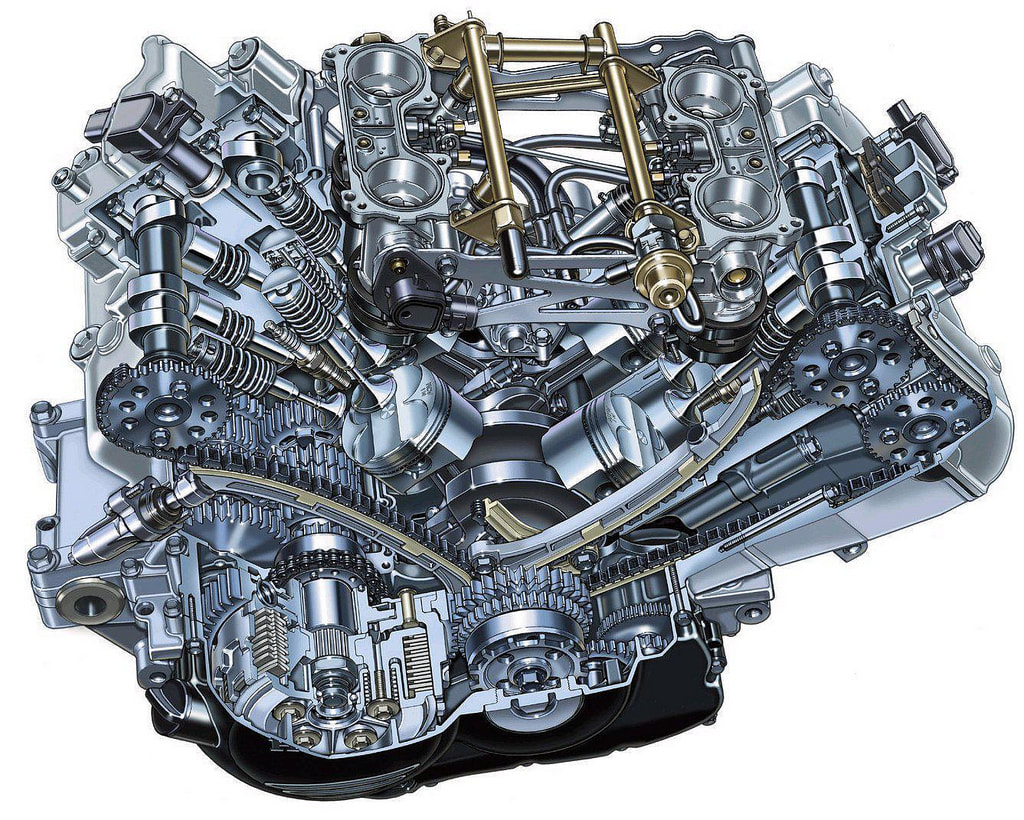

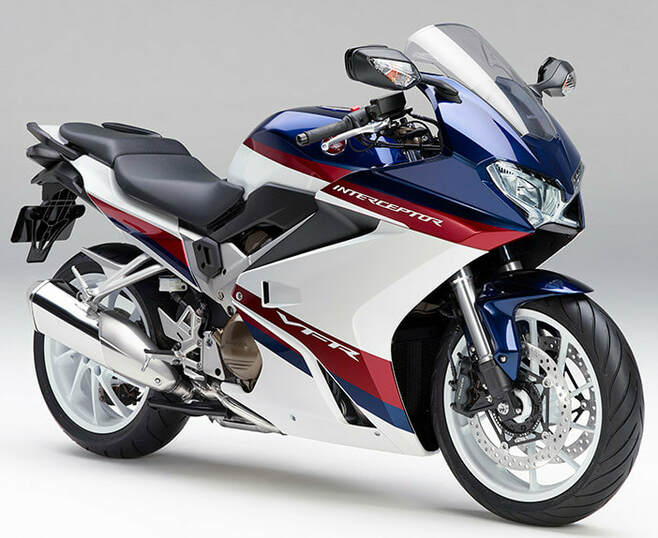




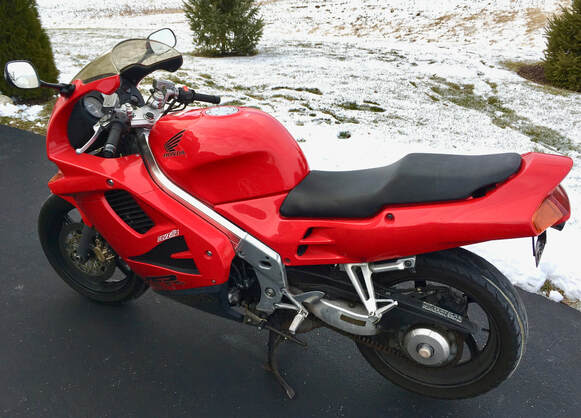


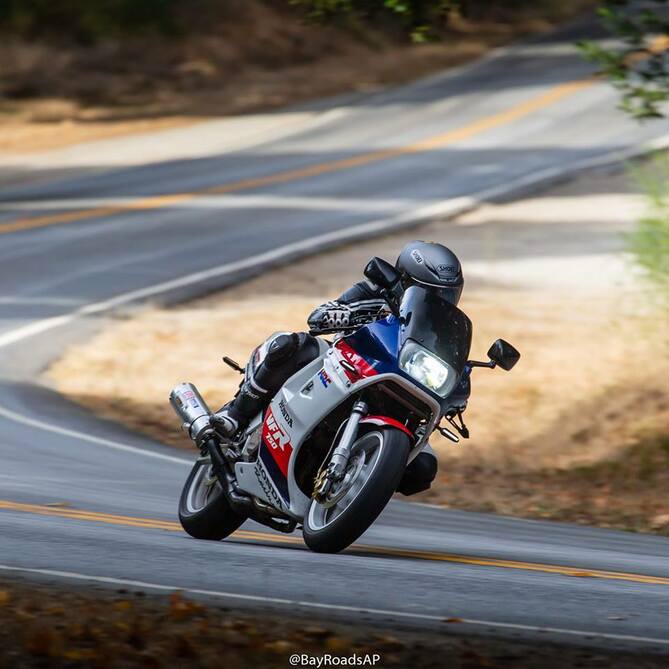



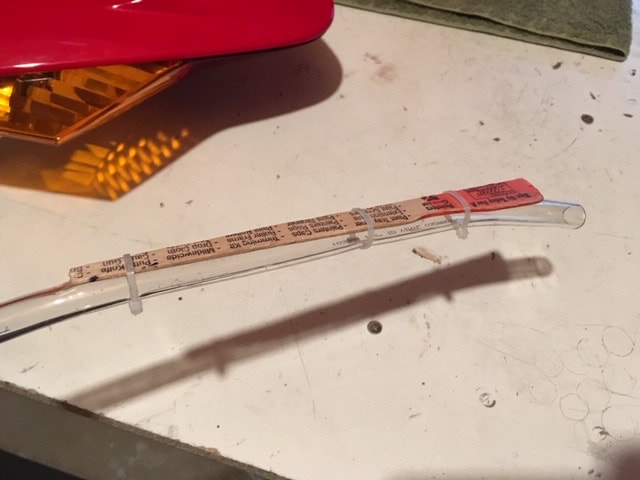
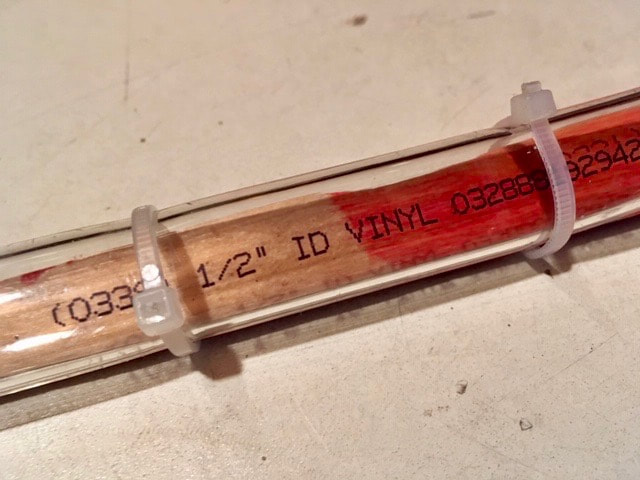
 RSS Feed
RSS Feed